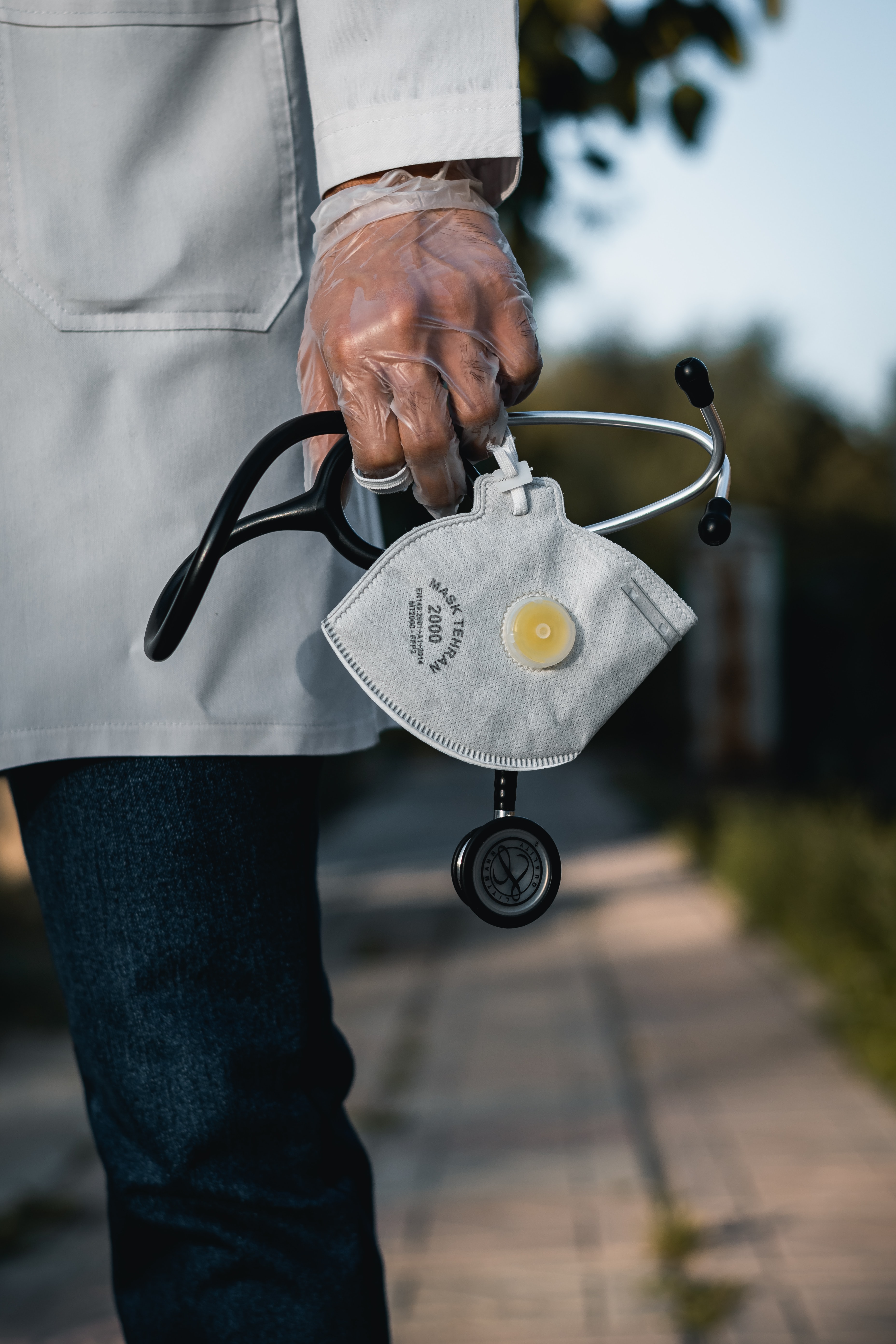New York witnesses a rise in opioid overdoses during social distancing.
Amid the crippling coronavirus pandemic, over the course of just five months, Queens County, New York, has had a 56 percent increase in overdose deaths in 2020, compared to 2019. State data shows, “In 2018, Queens registered 251 overdose threats; in 2019, there were 265 overdoses. Of those 265 deaths last year, 155 were related to fentanyl or fentanyl analogs and derivatives. For 2020, there have already been 86 suspected overdoses.”
“We are living through extraordinary times,” Queens District Attorney Melinda Katz said. “We are fighting battles no one would have expected, but still we push forward with hope and unrelenting resolve to succeed. Unfortunately, the coronavirus pandemic has made the opioid epidemic even worse for those fighting for their sobriety.”

From the onset of the pandemic, health experts have expressed concern for those with opioid use disorder (OUD) who are vulnerable to not only contracting COVID-19 but also to interruptions in life-saving treatment due to restrictions put into place. In order for the pandemic to be adequately addressed, the opioid epidemic policies needed to be revisited. Some barriers to treatment were removed in order for medical personnel to continue life-saving measures and pain management treatment of hospitalized coronavirus victims.
The New York State Office of Alcoholism and Substance Abuse Services (OASAS) updated its outpatient treatment programs amid COVID-19 to focus on telehealth availability. OASAS and the city’s Department of Health have instituted a methadone delivery program for those testing positive for COVID-19. Other treatment resources are available in the Queens area.
Cited as one of the biggest problems leading to overdose deaths is that addicts are isolated and alone due to the onset of stay at home orders and social distancing mandates.
“They’re alone and we’re finding people too late,” said Cheryll Moore, director of the Erie County Department of Health Opioid Program. “Way too late. It is long after they’ve passed on.”
What’s more, treatment facilities are forced to comply with the new restrictions, meaning less space to admit new patients.
“Just the fact that I have to turn people away is killing me,” said Avi Israel, the founder of Save the Michaels of the World.
Authorities are saying there has been a drastic increase in overdoses among people in their 50s amid the coronavirus. “These are people who normally, in their normal life, would not be at home right now,” said Moore. “We’re losing people because of it.”
The problem isn’t specific to any one portion of New York, either. Overdoses are on the rise throughout the state.
“Isolation is a trigger and those in recovery seem to have a higher risk of relapse,” Christine Schuyler, the Chautauqua County Public Health Director, addressing the uptick in fatalities.
“The psychological impact – that is huge,” agreed Dr. Tildabeth Doscher, fellowship director for addiction medicine at the University at Buffalo. “The opposite of addiction is connection. We have not done a good job at creating connections.”
Because the pandemic has only worsened the epidemic, the number of fatalities are only expected to increase.
“The treatment community has been thrown through the loop,” said Doscher, also medical director at Phoenix House, a treatment facility in the New York City area. “Treatment has taken a back burner during COVID and it’s been very disruptive.”
Sources:
What Happens When an Epidemic and Pandemic Counteract Each Other?


Join the conversation!